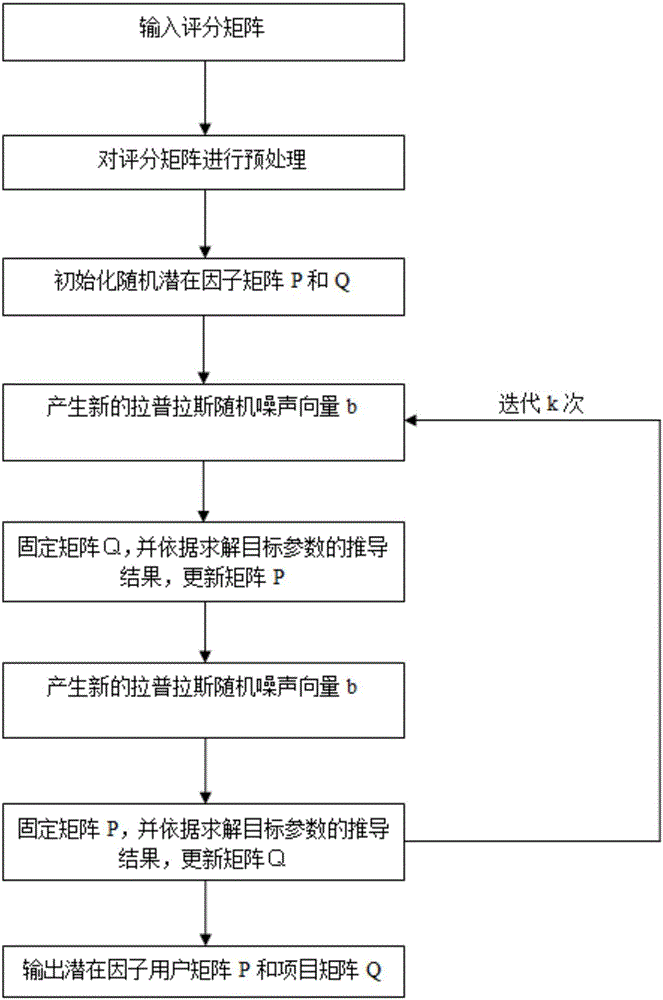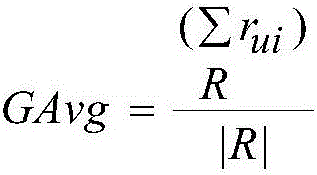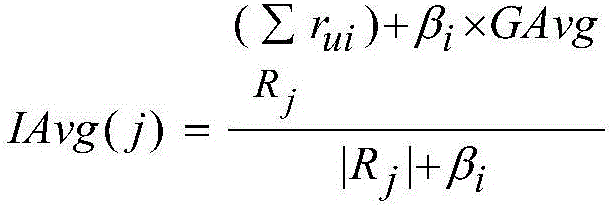Collaborative filtering algorithm based on differential privacy technology
A collaborative filtering algorithm and differential privacy technology, applied in the field of collaborative filtering algorithms based on differential privacy technology, can solve problems such as large amount of noise, lack of mathematical proofs, and impact on the availability of recommended results, and achieve the effect of ensuring usability and reducing the amount of noise.
- Summary
- Abstract
- Description
- Claims
- Application Information
AI Technical Summary
Problems solved by technology
Method used
Image
Examples
Embodiment 1
[0067] Such as figure 1 As shown, a collaborative filtering algorithm based on differential privacy technology includes the following steps:
[0068] S1: Construct a scoring matrix and preprocess the scoring matrix;
[0069] S2: Decompose the obtained scoring matrix into a user factor hidden matrix and an item factor hidden matrix, and initialize the user factor hidden matrix and the item factor hidden matrix to obtain random latent factor matrices P and Q;
[0070] S3: Construct a new Laplacian random noise vector b;
[0071] S4: Fix the matrix Q, update the matrix P by using the scoring matrix and the Laplacian random noise vector b;
[0072] S5: The matrix P is fixed, and the matrix Q is updated by using the scoring matrix after preprocessing and the Laplacian random noise vector b.
[0073] Further, the process of step S1 is as follows:
[0074] S11: Calculate the global average score, the average score of each item and the average score of each user;
[0075] The glo...
PUM
 Login to View More
Login to View More Abstract
Description
Claims
Application Information
 Login to View More
Login to View More - R&D
- Intellectual Property
- Life Sciences
- Materials
- Tech Scout
- Unparalleled Data Quality
- Higher Quality Content
- 60% Fewer Hallucinations
Browse by: Latest US Patents, China's latest patents, Technical Efficacy Thesaurus, Application Domain, Technology Topic, Popular Technical Reports.
© 2025 PatSnap. All rights reserved.Legal|Privacy policy|Modern Slavery Act Transparency Statement|Sitemap|About US| Contact US: help@patsnap.com



